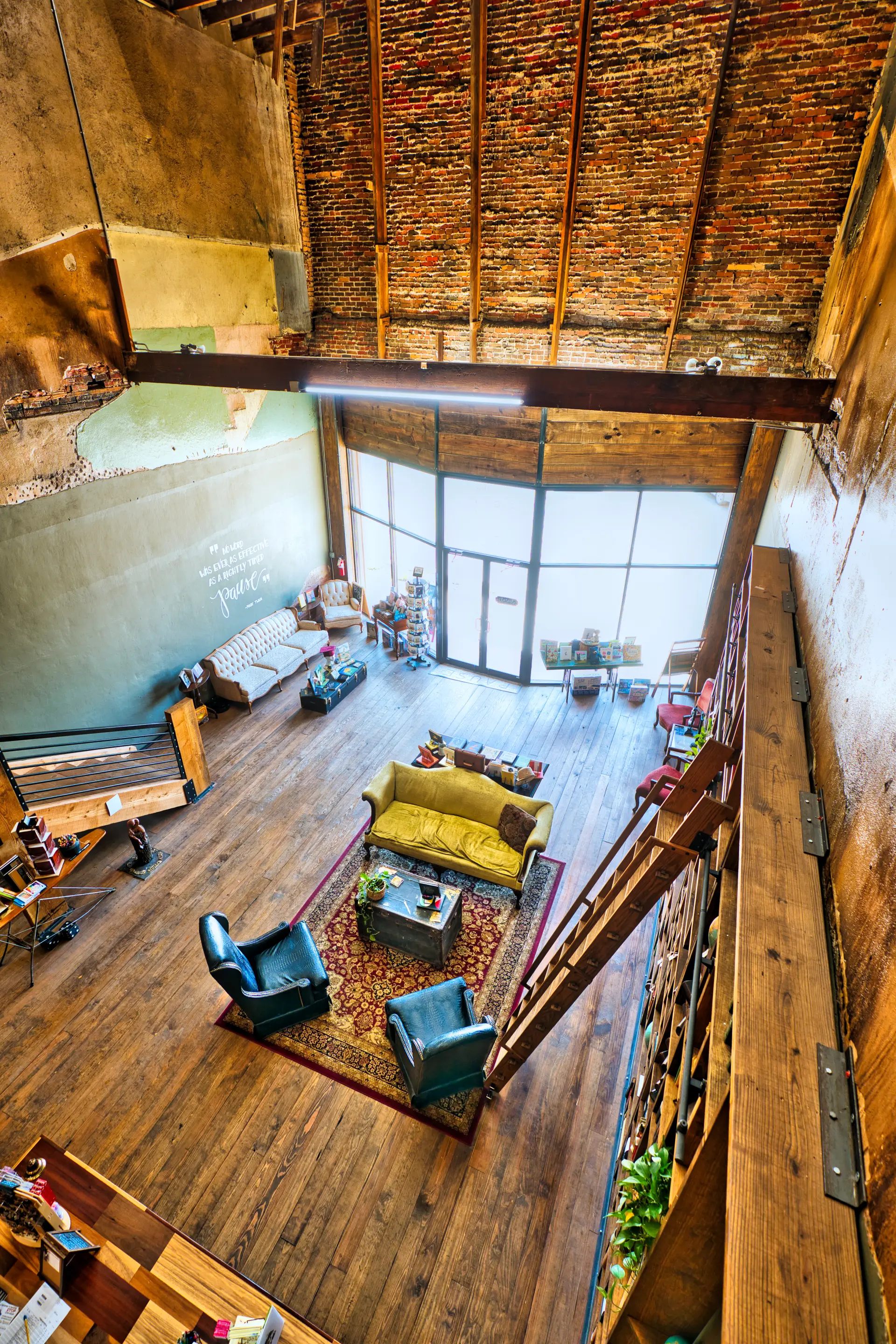Thinking about how much a loft conversion can cost in the UK? Learn about costs, different types, and how to plan your budget to maximise space and property value.
Types of Loft Conversions and Their Costs
A loft conversion is a great way to add extra space without moving home. The cost depends on the type of conversion, the size of your loft, and where you live. Below are the most common types and their typical price ranges.
Roof light (Velux) conversions are one of the cheapest options to pick from. It adds roof windows without changing the roof shape. It works best if your loft already has good height and space. It usually costs between £15,000 and £25,000 and often doesn’t need planning permission.
A dormer conversion is very popular among homeowners and property owners. It adds a box-shaped structure to the roof to increase headroom and floor space. It’s ideal for adding a bedroom or bathroom. Most cost between £30,000 and £50,000 and don’t need planning permission.
Hip-to-gable conversions change a sloped side of the roof into a completely straight wall. This gives more room inside and suits semi-detached or end-of-terrace houses. Costs range from £40,000 to £60,000. You may also need some planning permission to carry out this build.
A mansard conversion offers the most space but is also the most expensive. It changes the whole roof into a flat top with steep sides. It usually costs between £50,000 and £75,000 or more to build.
An L-shaped conversion is common in older homes, like Victorian or Edwardian houses. It joins two dormers in an L shape, creating space for several rooms. It typically costs between £45,000 and £70,000 and may need planning permission.
Factors That Affect the Overall Cost
Loft conversion can vary quite a lot in cost, depending on a number of factors. One of the most significant aspects to think about is the type of conversion you choose. A simple roof light conversion is usually the cheapest, as it involves fewer changes to the structure of your home.
More complex types, such as dormer, hip-to-gable, mansard or L-shaped conversions, require more building work and materials, which increases the price. The size of your loft also plays a big part. A larger loft will need more labour, time and materials to complete, while a smaller space will usually cost less to convert.

Whereabouts you live in the UK can also have an impact on the overall cost. Homes in areas like London and the South East tend to have much higher building costs, and this is because of the local rates for labour and materials. In contrast, areas in the North and the Midlands are often more affordable, so the same type of loft conversion may cost less in those regions.
The structure and height of your roofing will also factor into the cost. If your loft has a relatively high pitch and is quite a simple design, it will be a lot cheaper and far easier to convert. However, if your roof is low or has a complicated shape, it may need extra changes to make it suitable for a living space, which can add to the cost.
Your design choices affect the cost. Adding in a bathroom or other high-end finishes will increase the price, while a simple layout keeps it lower. You must follow building regulations, even if planning permission isn’t needed. Poor access can also raise labour costs.
Planning Permission and Building Regulations
Most loft conversions in the UK do not need planning permission. This is because they often fall under something called permitted development, which allows certain changes to your home without formal approval. However, there are plenty of limits to think about. If your conversion goes beyond these limits, for example, changing the shape of the roof a lot, or your choices affect listed buildings or conservation areas, you may then need to apply for permission.
Even if planning permission isn't necessary for your build, all loft conversions must follow the existing building regulations. These rules make sure the work is safe and up to standard. They cover things like the strength of the floor, fire safety, insulation, ventilation and access. You will usually need to fit a proper staircase, not a ladder, and make sure there is enough headroom. A building inspector will then check on the work at different stages and give final approval once it is done.
Following these rules is important. If you don't, you might have problems when selling your home or making an insurance claim. It's always best to speak to your local council or a trusted builder to find out exactly what applies to your project.
How to Budget for Your Loft Conversion
Budgeting for a loft conversion is an important step in the planning process. It helps you understand what exactly you can afford at that moment and will help you avoid any unwanted costs later on. You want to start by working out how much space you need and what type of conversion suits your home. This will give you a basic idea of the likely cost.
Next, get quotes from at least three trusted builders or loft conversion specialists. Make sure each quote is detailed and includes materials, labour, design work, and any structural changes. Don’t forget to check if you need any form of planning permission or if extra services like plumbing or electrics are included.

It’s a wise idea to set aside a solid budget for any unexpected costs you may encounter along the way. This can be things like hidden roof damages, extra insulation, or changes to building regulations that can add to the end total. Many local professionals encourage property and homeowners to keep at least 10 to 15% of their budget as a backup.
Finally, think about the long-term value. A thoroughly planned loft conversion can add plenty of value to your home, but only if the work is done to a good standard. Investing in good design and the best quality materials available can help you get the most from your money.
Can a Loft Conversion Increase Property Value?
Yes, a loft conversion can be one of the factors that could increase the value of your property. In many cases, it is one of the most cost-effective ways to add both space and value to your home. By turning unused roof space into a bedroom, home office or extra bathroom, you are making your home more appealing to buyers.
On average, a well-built loft conversion can add up to 20% to your property's value. This can vary depending on where you're located, the type of conversion you desire, and the quality of the labour. Homes in areas with much higher property prices or limited space are likely to see the biggest increase in value overall.
However, the final result always comes down to good planning and a design that perfectly suits the rest of the home. Poor workmanship or awkward layouts may limit the added value. It’s important to make sure the loft feels like a natural part of the house, not just an extra room squeezed in. In short, a loft conversion is not only a great way to create more living space, but also a smart investment when done properly.
Are you looking for loft conversions in Twickenham, Hounslow, Richmond and London? Contact our architects today to see how we can help with your conversions. Read more by clicking the link below.


